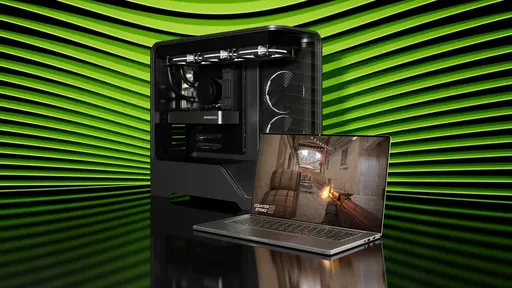Nvidia has explained why the desktop version of its RTX 5050 graphics card uses GDDR6 memory, while its mobile counterpart features the newer and faster GDDR7. The company states this decision was made to achieve the best balance of performance and power efficiency, especially in the context of mobile devices.

G. Ostrov
Nvidia's decision to use GDDR6 memory on the desktop RTX 5050 GPU has surprised some, given that its laptop counterpart features newer and faster GDDR7 memory. According to Ben Berraondo, Nvidia's director of global PR, the use of GDDR7 for laptops is the “best choice.” He claims that GDDR7, with its lower thermals and greater power efficiency, is ideal for portable devices that require great battery life.
From a pure performance perspective, GDDR7 surpasses GDDR6, providing 40% more bandwidth. The slowest GDDR7 modules operate at 28 Gbps, while the fastest GDDR6 modules are rated at 20 Gbps. Nevertheless, Nvidia chose GDDR6 for the desktop RTX 5050, likely due to cost-saving reasons and supply chain availability. This allows the company to prioritize its GDDR7 supply for higher-end and more powerful GPUs, such as the RTX 5080 and RTX 5090.
It is worth noting that the desktop RTX 5050 features 2,560 Blackwell CUDA cores, 8GB of GDDR6 memory, and a 130W TGP. Nvidia claims the card is on average 60% faster than the RTX 3050 in traditional rasterization workloads. With the use of DLSS 4 technology with Multi Frame Generation, performance can increase up to 4 times. Despite using GDDR6, the graphics card still delivers excellent performance for 1080p gaming.
For more information about the RTX 5050 graphics card, visit the official Nvidia website: nvidia.com.
If you have any problems, write to us and we will help you quickly and efficiently! https://abit.ee/en/contact




